Bridging the gap between technical complexity and clear, compelling messaging isn’t just helpful – it’s essential.
Whether you're translating a feature spec into a product page or breaking down a new release for sales enablement, strong technical writing skills can turn confusion into conversion.
So, what skills actually matter?
1. Adapt to your audience
This means tailoring your writing to different personas, from technical users like developers or data analysts to less technical audiences like sales reps, execs, or prospects.
One-size-fits-all language won’t work. The way you explain a system architecture to a senior backend engineer is very different from how you’d explain it to a non-technical stakeholder.
Best practices
- Create user personas to define technical backgrounds.
- Include glossaries for mixed audiences.
- Avoid assuming prior knowledge unless the audience is highly specialized.
Example
For engineers:
“The API utilizes OAuth 2.0 for secure token-based authentication.”
For general business users:
“You’ll need to log in using a secure token to access the system’s data – similar to logging into an app with Google.”
2. Learn to simplify
It’s important to translate highly technical product concepts into clear messaging without oversimplifying them.
This is because many product marketers sit between engineering and go-to-market (GTM) teams, so you must be able to bridge the gap with clarity.
Best practices
- Use plain language when possible.
- Replace passive voice with active voice.
- Break up long sentences and paragraphs.
Example
Instead of saying, “A test was conducted in which the stress levels of the component were evaluated”, say, “We tested the component’s stress levels”.
3. Structure logically
One of the most important technical writing skills you should develop is knowing how to organize information in a clear, logical way so users and internal teams can quickly find what they’re looking for.
Whether you’re creating onboarding docs, feature one-pagers, or help center content, if you have poor structure, you may lose users.
Best practices
- Start with an overview or executive summary.
- Use H1/H2/H3 consistently.
- Base the structure on what your readers need. E.g., task-based instructions for users, or decision trees for troubleshooting.
- Consider hierarchy, headings, bullets, and callouts, since these allow people to scan and absorb content quickly.
Example:
A feature guide could follow this flow:
- What the feature is
- Why it matters (value prop)
- When to use it (use case)
- How to use it (step-by-step or demo)
- FAQs or troubleshooting tips
4. Be technical-minded
You don't have to be an engineer or developer, but you should understand how things like APIs, SDKs, integrations, etc. work at a conceptual level.
After all, if you don’t, then marketing the product will be 1,000x more difficult.
Best practices
- Always document exact values, tolerances, protocols, and units.
- Include version numbers and update dates.
Example
If you’re launching a new integration, you should understand what data is shared between platforms, how it’s authenticated, what use cases it supports, and any setup or limitations.
This helps you write better product pages, as well as sales and GTM assets.
5. Familiarise yourself with different document types
As a product marketer, your writing needs to stretch across different formats. Each document type serves a different purpose, and nailing the structure, tone, and content of each is key to influencing internal teams and customers.
Best practices
- Reverse-engineer great content to learn the different types.
- Write mock versions to prepare for the real thing.
- Ask to co-author docs rather than just support to learn more.
Example
When it comes to engineering technical writing skills, it’s important you learn docs like user manuals (which guide end users in an action), technical specifications (that showcase how a product works), API documentation (which helps developers to integrate systems), and engineering reports (which includes things like what happens to make a system fail).
6. Know how to update documentation
Knowing how to write, update, and manage documentation using tools that tech teams also use, like GitHub or Notion, is crucial.
Product marketers may have to maintain docs that evolve with the product. So, being fluent in certain tools ensures nothing gets lost in translation.
Best practices
- Keep it source-controlled and treat product docs like code (track changes, etc.).
- Write for the reader, since engineers, customers, and customer teams all read docs differently.
- Stay consistent and use templates for changelogs, release notes, and readmes so everything is scannable and standardized.
Example
You might have to write or update a README file for a new SDK, log release notes in GitHub, or collaborate on a changelog in Confluence. It can help to know basic HTML for formatting web pages or help center articles.
7. Don’t forget visual communication
Another thing to consider is visual communication, since things like diagrams and tables can be more effective than text, especially when someone wants to get information quickly at a glance.
Best practices
- Choose the right format for your message (i.e., don’t force a diagram where a bullet list works better).
- Prioritize clarity over aesthetics, since a plain table that communicates well beats a beautiful but confusing chart.
- Use consistent styles for colors, icons, and fonts across all visuals to build familiarity.
- Add concise labels and captions, and never assume your audience knows what they’re looking at.
- Keep it to one idea per visual.
- Use visuals to reduce text, not duplicate it.
Example
Types of visuals you can consider include flowcharts that show system components, tables to compare features or specs, and annotated screenshots for UI tutorials or walkthroughs.
8. Write for discoverability
It’s not just about what you write but also how people find it. Use SEO best practices, smart internal linking, and keyword research so technical documentation surfaces when and where people need it – whether it’s a help center or a product update.
Best practices
- Use language your users actually search for.
- Mirror the terms used in UI, support tickets, and community threads.
- Build internal links between documentation and other content (e.g., blog > support doc > changelog).
ExampleInstead of titling a guide "Advanced Deployment Options", go with "How to deploy [product] to AWS". It matches user searches, ranks better on Google, and reduces confusion.
9. Be precise
In technical writing, creativity often takes a step back, as it’s more important to have clarity and precision with terms, commands, and explanations.
Best practices
- Cut vague marketing language in technical docs. Say exactly what a feature does, with correct terminology.
- Avoid euphemisms for bugs, limitations, or errors.
ExampleRather than saying, “This feature may have limited compatibility in some scenarios”, write, “This feature does not currently support iOS 17.3 or later due to Apple’s privacy restrictions.”
10. Create scalable templates
Technical docs can get out of hand fast. If you can design scalable templates or modular content systems, you'll be more likely to save time and keep everything consistent, especially during launches and rebrands – or if you need to pivot on your product.
Best practices
- Build templates for release notes, feature guides, migration instructions, and FAQs.
- Use components like “Expected behavior,” “Who it’s for,” “Steps to enable,” etc.
Example
For every new feature, ensure your team uses a repeatable structure. E.g., what it is, why it matters, how to use it, known issues, etc.
It cuts your time in half and makes content easier to navigate for users.
11. Get fluent in product analytics
Understand which docs get read, where people drop off, or which articles reduce ticket volume. Let the data guide what you write or update next, which helps you to prove the value of your work to stakeholders.
Best practices
- Use tools like Mixpanel, Google Analytics, or Hotjar to track what people are reading, which onboarding steps get skipped, and what features have high churn.
- Also, use support ticket data to spot knowledge gaps.
ExampleIf you notice your “Getting Started” guide has a 75% drop-off on a certain step and realize users are missing a prerequisite setting, you can update the doc to help them – meaning they put through fewer ticket requests.
How to update technical writing skills
Edit and proofread
It goes without saying that editing and proofreading are essential to improve your technical writing skills. When you write, make sure to review it at least twice to better spot issues with style and structure (and the content you’ve added).
Read out loud to catch awkward phrasing, use checklists, and try tools like Grammarly and Hemingway to improve your writing.
Adapt to new things
Engineering fields evolve constantly, so, as a product marketer, you’ll want to learn new domains, tools, and technologies on the fly.
Stay curious and subscribe to engineering blogs, forums, and podcasts; shadow engineers to learn from them; take online courses in the domain you’re writing about; contribute to open-source docs, etc.
Distance yourself from your draft
Writing and temporarily shelving your document can help you to look at it with fresh eyes when you open it again. It’s easier to catch strange turns of phrase, missing steps, and unclear instructions that way.
Study release notes
The best release notes are clear, useful, and (sometimes) even fun. They balance technical accuracy with readability, which is a skill product marketers need to bridge product and audience.
Use version control
Version control is not just for developers. So, tracking your changes, experimenting freely, and reverting when needed keeps your writing clean and clear. Tools like Notion and GitHub (and even Google Docs if you prefer) can keep you organized.
Read it back like a support ticket
Put yourself in the shoes of a customer (or internal team member) who might be confused or unsure about your document – read your draft as if you’re trying to troubleshoot a feature or explain it in a live demo.
In short
Technical writing might not be the flashiest part of product marketing, but it’s one of the most powerful.
The ability to document, translate, and scale product knowledge across internal teams and users is what leads to adoption and ensures launches offer long-term value.





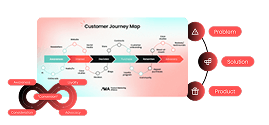
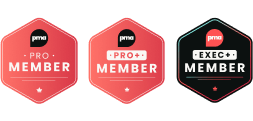







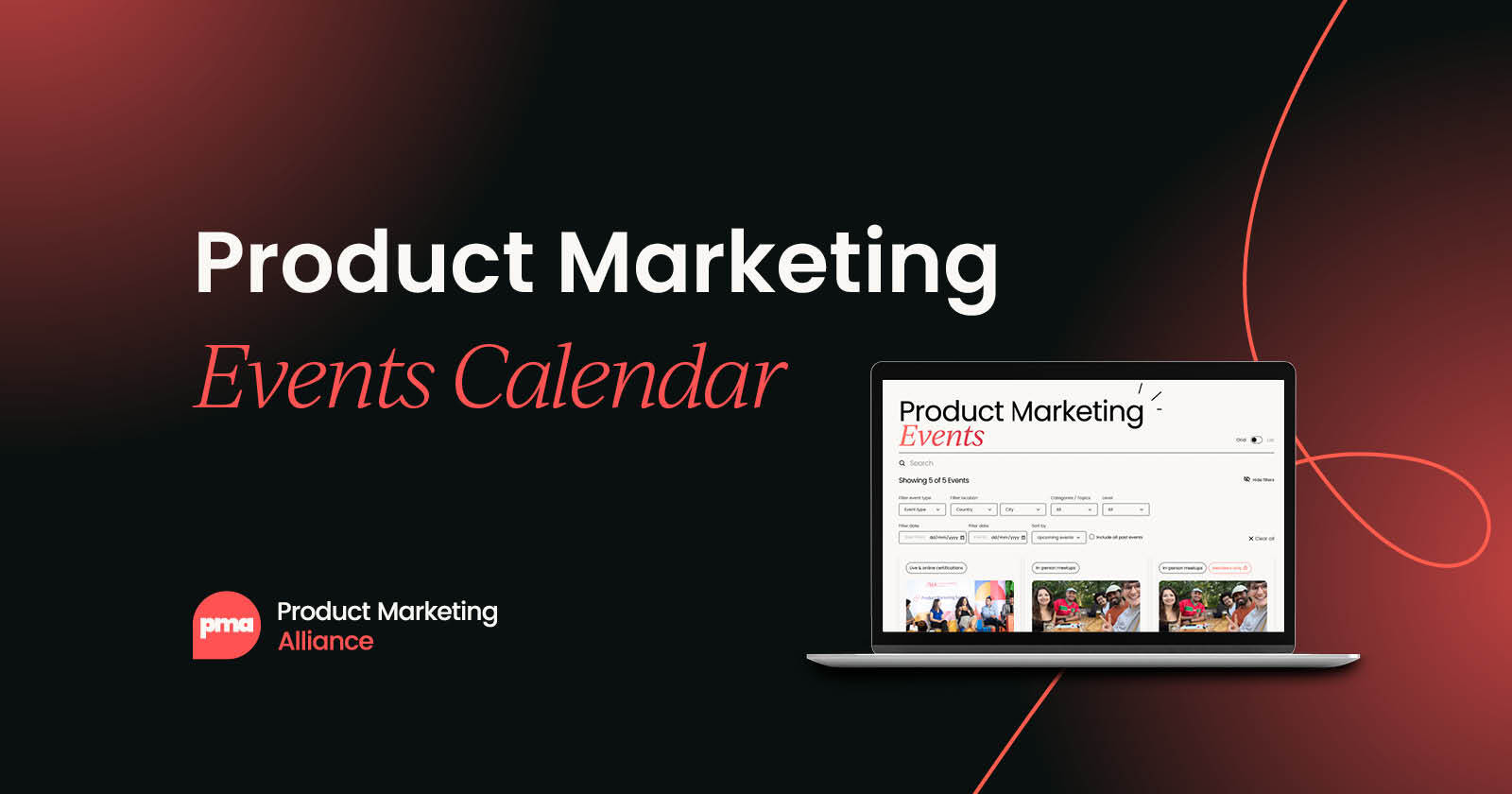
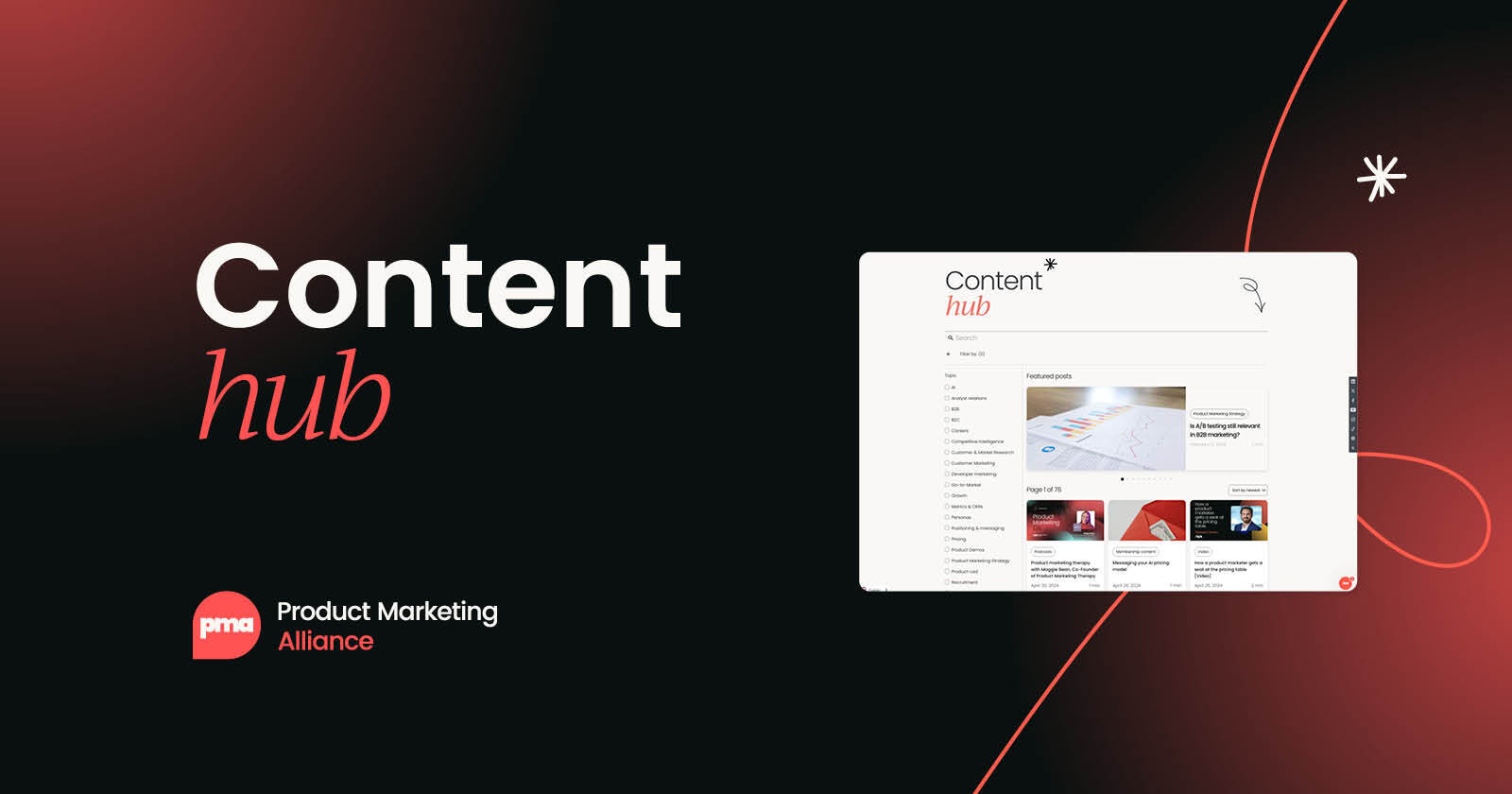

 Follow us on LinkedIn
Follow us on LinkedIn


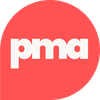
.svg?v=ee8cad4ecc)